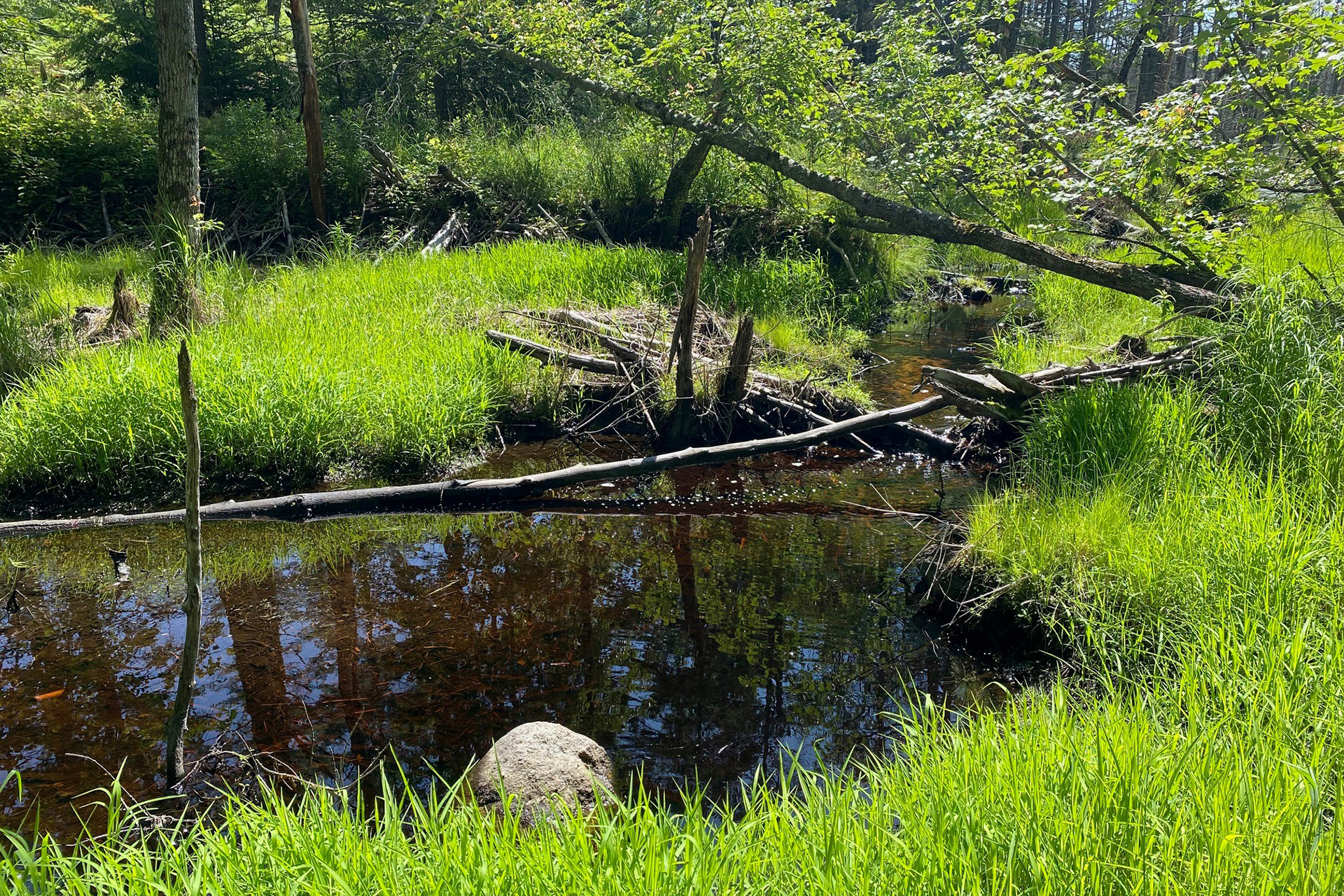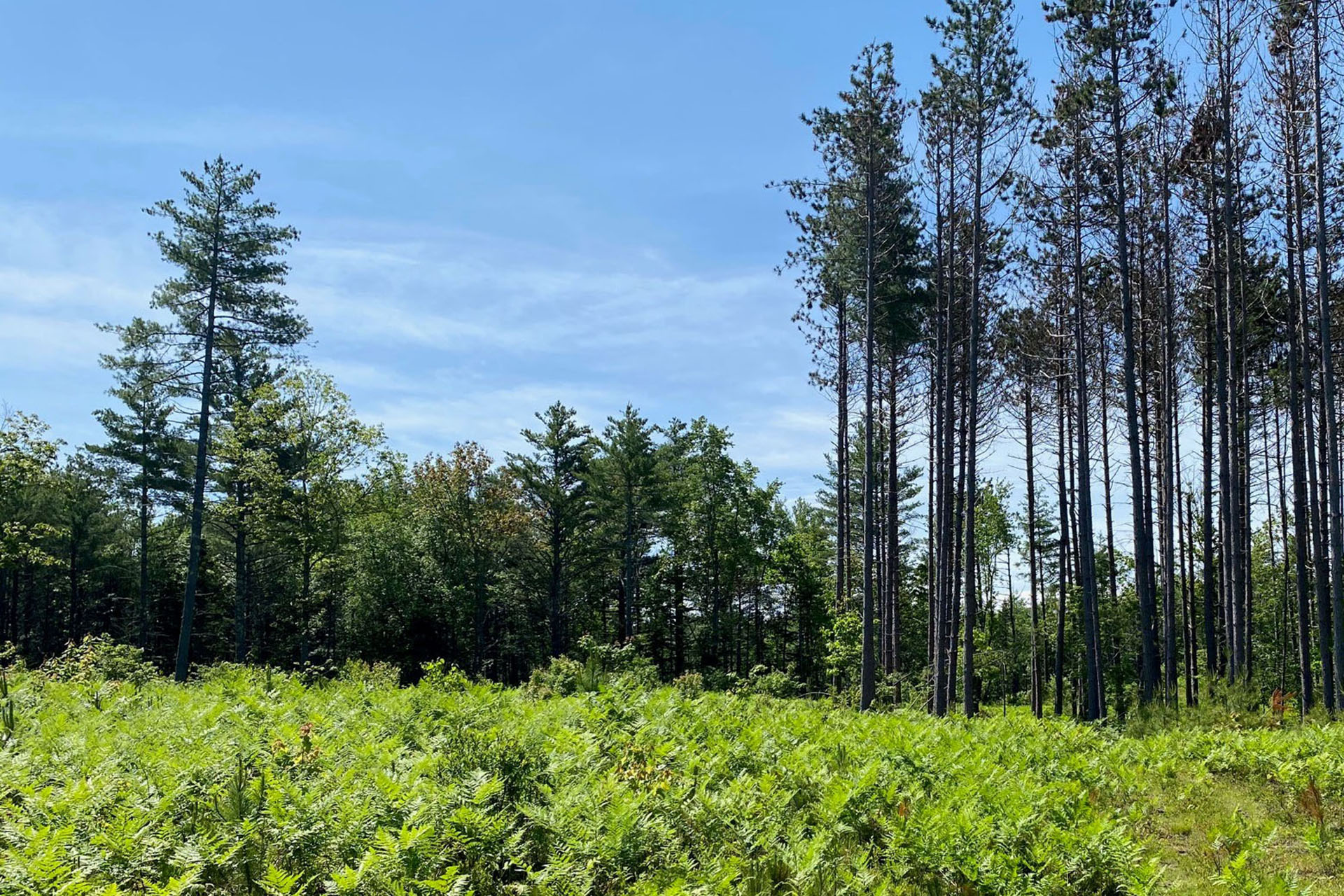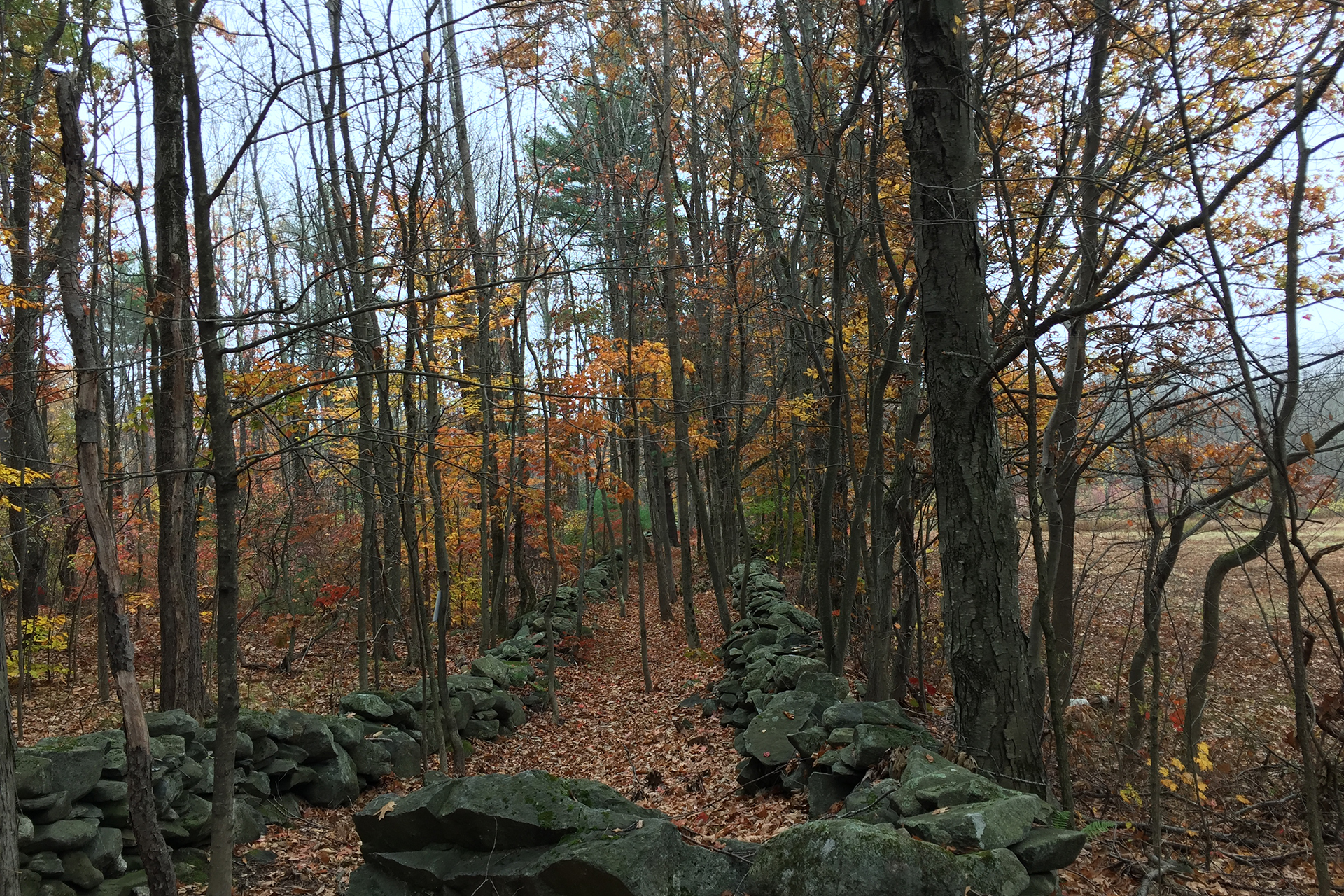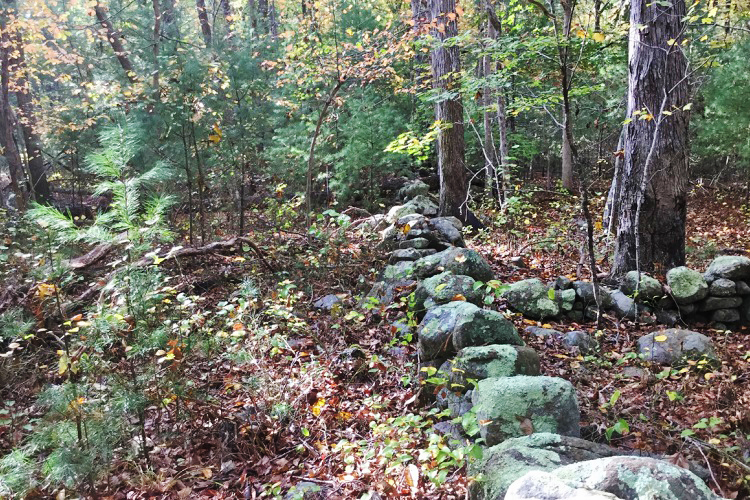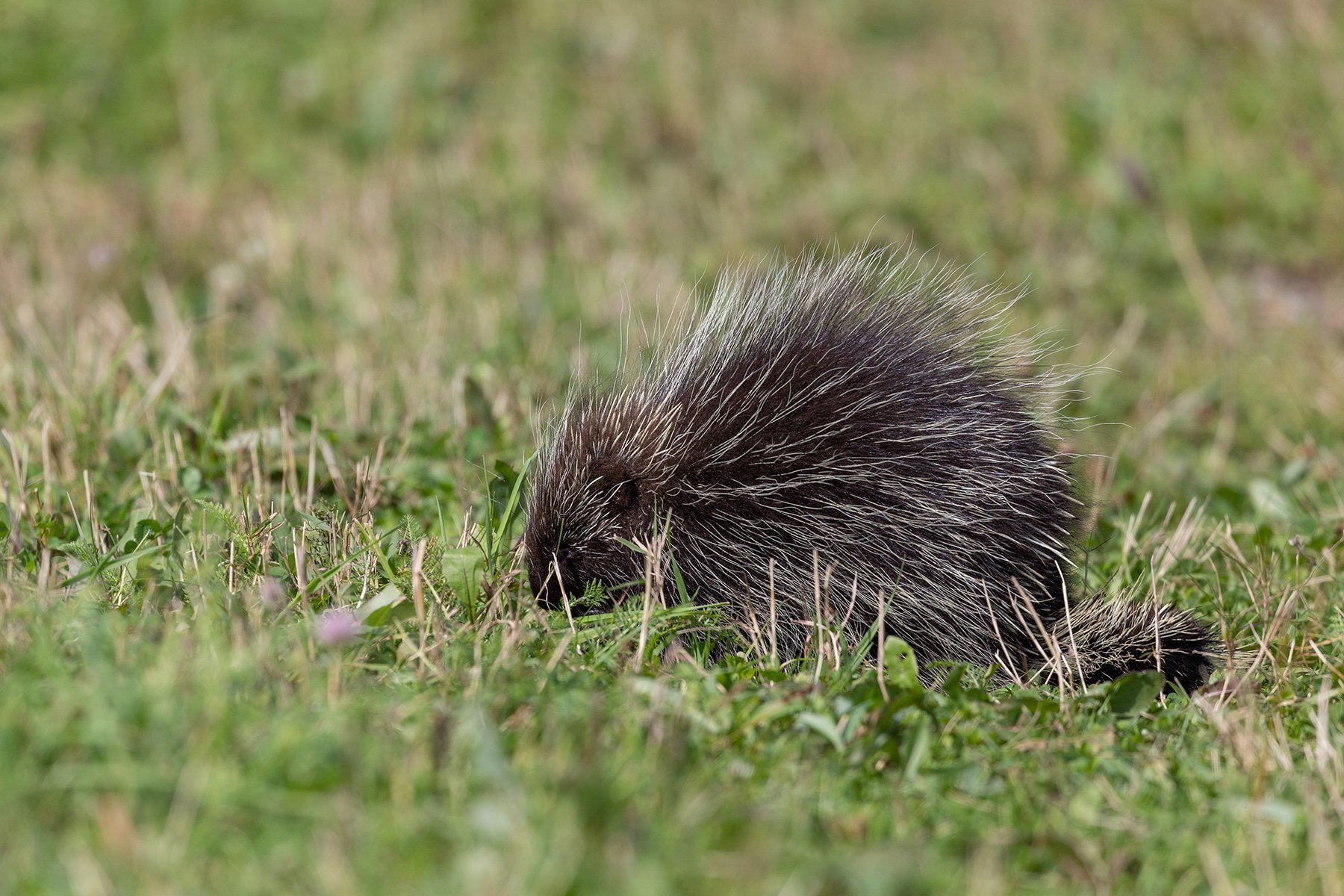News & Project Updates
Conserving 157 Acres of Wetlands, Forests, and Meadows in Ashburnham
December 05, 2023
Mass Audubon has successfully conserved a beautiful and ecologically significant property in Ashburnham by purchasing it from Winchendon Forest, LLC. With frontage on Winchendon Road (State Route 12), the 157-acre property features trails ready-made from old logging roads, and an enjoyable blend of wetlands, regenerating forests, vernal pools, streams, and sedge meadows.
Meeting the Challenge
The seller, Winchendon Forest, LLC, had a need to complete the sale of the property by the end of the calendar year. Thanks to MathWorks’ generous gift, individual donors, and a commitment from the Massachusetts Department of Conservation and Recreation (DCR), Mass Audubon was able to respond quickly to this urgent opportunity and purchase the property for $325,000.
Conservation Benefits
Located in an area identified as a priority by Mass Audubon’s conservation ecologists, the property also includes areas designated by the state as BioMap Critical Natural Landscape for Wetland Buffer and Core Habitat for Wetland Core. In addition, the land comprises part of the headwaters of the Millers River, a valuable cold-water stream which flows southwest some 50 miles to its confluence with the Connecticut River.
Conserving this land will bolster long-term water quality in the region, in addition to providing high quality habitat for wildlife, and enhancing the climate change resilience of the surrounding landscape.
Portions of the property were harvested for timber within the past 10 years, so the land is in an exciting state of new growth. The forest is predominantly a blend of eastern white pine, red pine, eastern hemlock, red spruce, and red maple. Young-forest bird species such as Eastern Towhee and Prairie Warbler have taken nicely to the environs, and beavers have left their mark on the wetland stream areas.
Mass Audubon’s regional conservation ecologist remarked that the appearance of sandy soils, scrub oak, and pitch pine is “like a little segment of Cape Cod has appeared in Ashburnham.”
With Gratitude
Mass Audubon would like to express our gratitude to everyone who helped make this project work (especially given the challenging timeline) including MathWorks, DCR, and all the donors to the campaign.
Stay Connected
Don't miss a beat on all the ways you can get outdoors, celebrate nature, and get involved.



